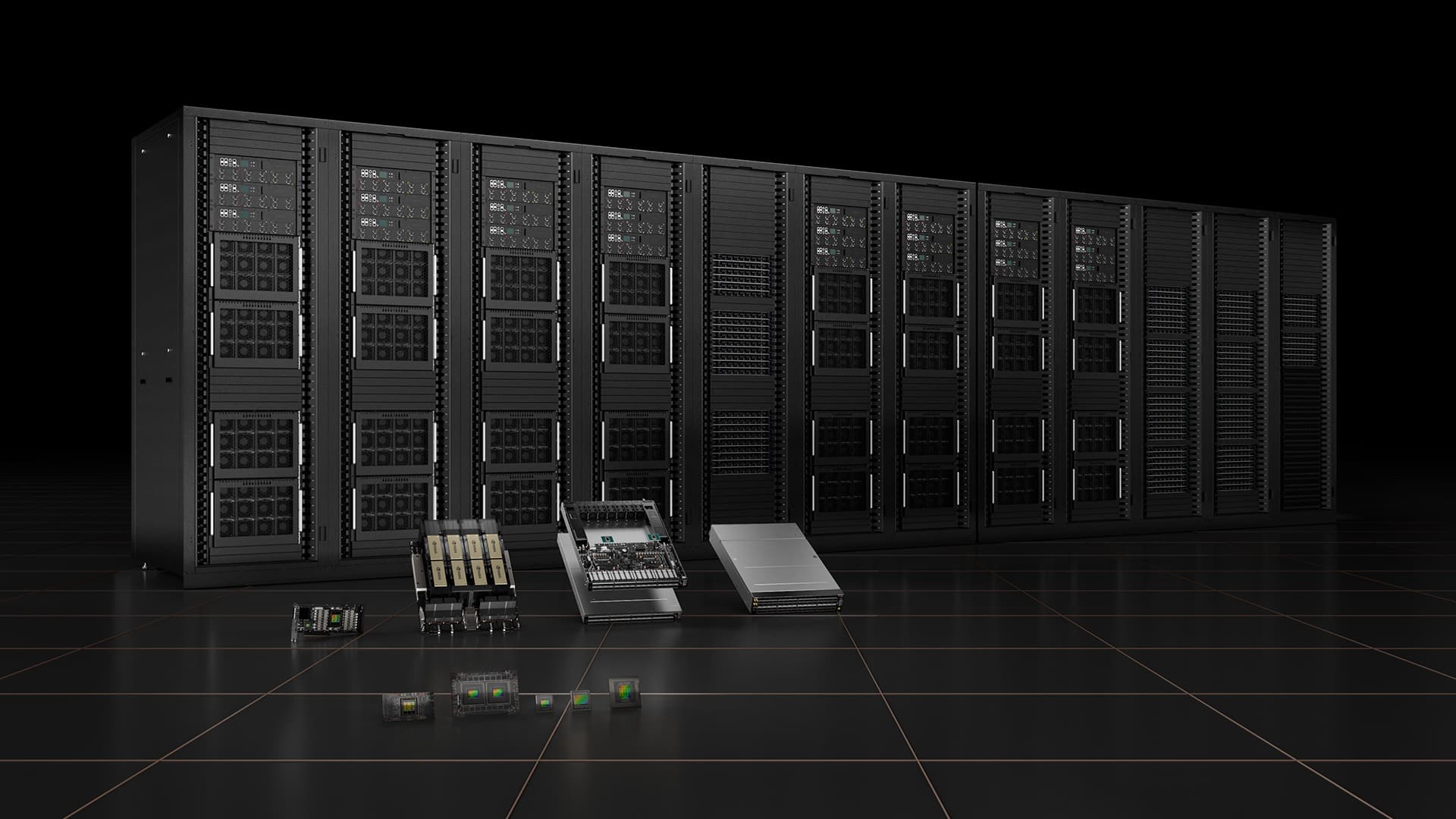India is on the brink of a technological revolution, as leading cloud infrastructure providers and server manufacturers are significantly increasing the capacity of accelerated data centers. By the end of this year, NVIDIA GPU deployment in the country is expected to surge nearly tenfold compared to just 18 months ago. This expansion is a pivotal development for India’s technological landscape, reflecting the growing importance of artificial intelligence (AI) in various sectors.
The NVIDIA AI Summit in Mumbai, running through October 25, served as the platform for announcing this ambitious project. The initiative, aimed at constructing AI factories—vast data centers dedicated to producing AI—will see tens of thousands of NVIDIA Hopper GPUs deployed across India. These facilities are essential for supporting the AI workloads of large businesses, startups, and research centers, both in the cloud and on-premises. The cumulative computational power provided by these data centers is projected to reach nearly 180 exaflops, a monumental increase that will drive innovation across industries like healthcare, financial services, and digital content creation.
The accelerated computing technology deployment is spearheaded by several key players in the field. Yotta Data Services, Tata Communications, E2E Networks, and Netweb are leading the charge, each playing a unique role in this transformation. Their systems will empower developers to utilize domestic data center resources, fostering the creation of advanced large language models, intricate scientific visualizations, and industrial digital twins. These advancements hold the potential to position India at the forefront of AI-accelerated innovation on a global scale.
### Yotta’s Contributions to AI Systems and Services
Yotta Data Services is a major player in this initiative, providing Indian businesses, government departments, and researchers with access to managed cloud services through the Shakti Cloud platform. This platform is designed to facilitate the adoption of generative AI and enhance AI education. Powered by thousands of NVIDIA Hopper GPUs, the computing resources on Shakti Cloud are complemented by NVIDIA AI Enterprise, a comprehensive, cloud-native software platform that accelerates data science pipelines and streamlines the development and deployment of production-grade AI applications.
NVIDIA AI Enterprise offers Yotta customers access to NVIDIA NIM, a suite of microservices optimized for AI inference, and NVIDIA NIM Agent Blueprints, customizable reference architectures for generative AI applications. This access enables users to quickly adopt cutting-edge AI technologies for a variety of applications, including biomolecular generation, virtual avatar creation, and language generation.
Sunil Gupta, the co-founder, CEO, and managing director of Yotta, emphasized the importance of speed, flexibility, and scalability in the future of AI. He stated, “Yotta’s Shakti Cloud platform is designed to eliminate the common barriers organizations across industries face in AI adoption. By bringing together high-performance GPUs, optimized storage, and a services layer, we simplify AI development from model training to deployment, allowing organizations to scale their AI efforts rapidly and push the boundaries of what AI can accomplish.”
Among Yotta’s clientele are companies like Sarvam AI, which develops AI models for major Indian languages; Innoplexus, working on an AI-powered life sciences platform for drug discovery; and Zoho Corporation, creating language models for enterprise customers.
### Tata Communications: Pioneering Enterprise AI Innovation
Tata Communications is making significant strides in AI innovation across industries by deploying NVIDIA Hopper architecture GPUs on a large scale. This deployment aims to enhance the company’s public cloud infrastructure and support a wide array of AI applications. Looking ahead, Tata Communications plans to expand its offerings to include NVIDIA Blackwell GPUs.
Beyond providing accelerated hardware, Tata Communications will allow customers to run NVIDIA AI Enterprise, which includes NVIDIA NIM and NIM Agent Blueprints, and NVIDIA Omniverse—a software platform and operating system used by developers to build simulation applications for physical AI and robotic systems.
A.S. Lakshminarayanan, managing director and CEO of Tata Communications, highlighted the transformative potential of this collaboration, stating, “By combining NVIDIA’s accelerated computing infrastructure with Tata Communications’ AI Studio and global network, we’re creating a future-ready platform that will enable AI transformation across industries. Access to these resources will make AI more accessible to innovators in fields including manufacturing, healthcare, retail, banking, and financial services.”
### E2E Networks: Enhancing Cloud Infrastructure for AI Progress
E2E Networks is another key player in this initiative, providing enterprises in India, the Middle East, the Asia-Pacific region, and the U.S. with GPU-powered cloud servers. The company offers customers access to clusters featuring NVIDIA Hopper GPUs, interconnected with NVIDIA Quantum-2 InfiniBand networking. This setup is crucial for meeting the demand for high-compute tasks, including simulations, foundation model training, and real-time AI inference.
Tarun Dua, co-founder and managing director of E2E Networks, emphasized the importance of this infrastructure expansion, stating, “This expansion helps ensure Indian businesses have access to high-performance, scalable infrastructure to develop custom AI models. NVIDIA Hopper GPUs will be a powerful driver of innovation in large language models and large vision models for our users.”
E2E’s client base includes AI4Bharat, a research lab at the Indian Institute of Technology Madras developing open-source AI applications for Indian languages, as well as members of the NVIDIA Inception startup program such as Qure.ai, Invideo AI, and Assisto.
### Netweb: Advancing Sovereign AI Initiatives
Netweb is expanding its range of Tyrone AI systems based on NVIDIA MGX, a modular reference architecture designed to accelerate enterprise data center workloads. The new servers, available for both on-premises and off-premises cloud infrastructure, feature NVIDIA GH200 Grace Hopper Superchips. These chips provide the computational power necessary to support large hyperscalers, research centers, enterprises, and supercomputing centers in India and throughout Asia.
Sanjay Lodha, chairman and managing director of Netweb, expressed pride in the company’s achievements, stating, “Through Netweb’s decade-long collaboration with NVIDIA, we’ve shown that world-class computing infrastructure can be developed in India. Our next-generation systems will help the country’s businesses and researchers build and deploy more complex AI applications trained on proprietary datasets.”
Netweb also offers its customers Tryone Skylus cloud instances, which include the company’s full software stack alongside the NVIDIA AI Enterprise and NVIDIA Omniverse software platforms. These resources are vital for developing large-scale agentic AI and physical AI applications.
NVIDIA’s roadmap includes new platforms set to arrive on a one-year rhythm, enabling infrastructure providers and manufacturers in India and beyond to further scale AI development capabilities. This progress will facilitate the creation of larger, multimodal models, optimize inference performance, and train the next generation of AI applications.
For more insights into India’s AI adoption, interested readers can explore the fireside chat between NVIDIA founder and CEO Jensen Huang and Mukesh Ambani, chairman and managing director of Reliance Industries, at the NVIDIA AI Summit. This discussion offers valuable perspectives on the future of AI in India and its potential impact on various industries.
For more Information, Refer to this article.



































